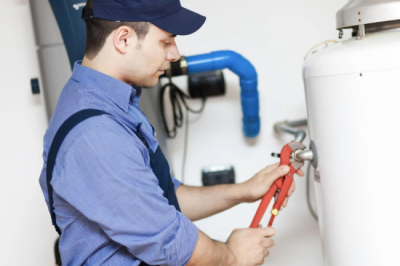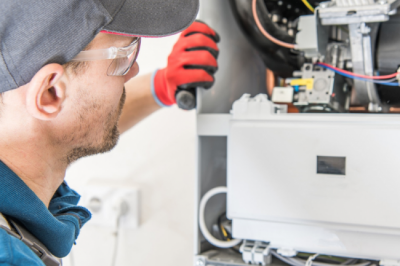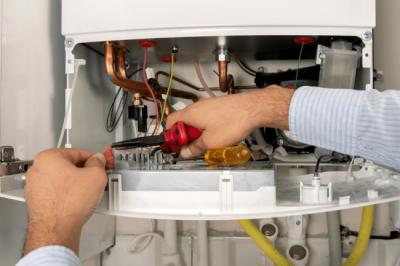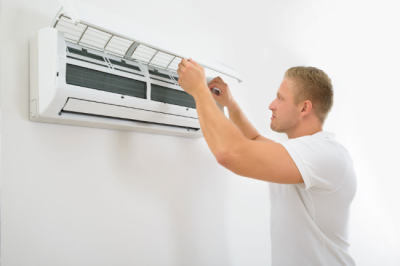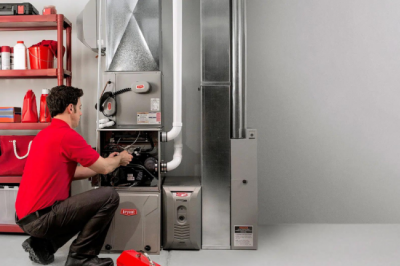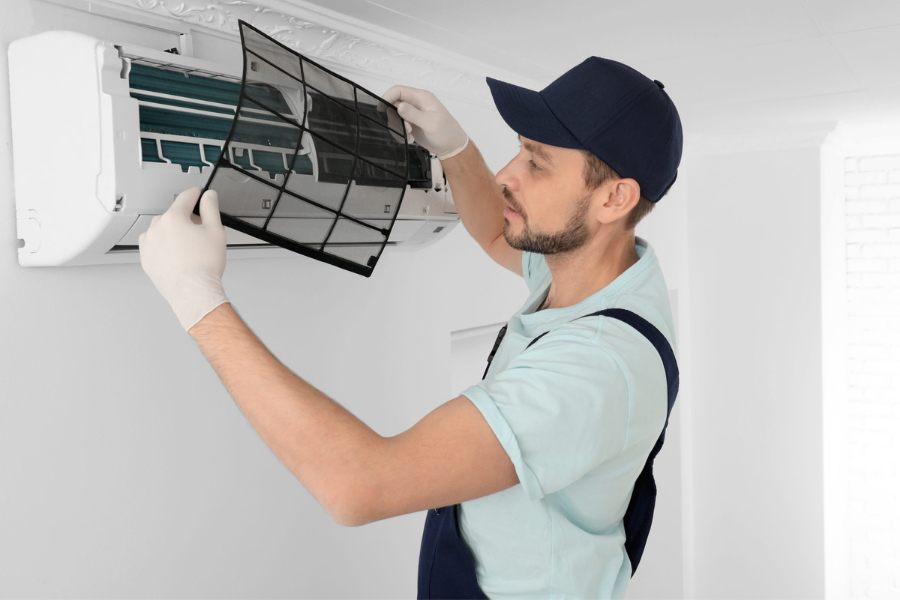
Effective Strategies for Dealing with Indoor Window AC Water Leaks
We understand how frustrating it is to find water leaking from your window air conditioner. But don't worry—most problems are easy to fix. Different issues, like plugged drain holes, dirty air filters, bad fitting, broken drain pans, and low refrigerant levels, can cause water to leak into your home.
However, knowing what to look for and how to fix problems can quickly treat the malfunction or consult a professional like Indoor Comfort for AC repair services in case of complications. This guide will cover all the issues with your window AC and show you how to fix the window air conditioner leaking water inside. This will make your home cool and comfortable again.
What Causes a Window Air Conditioner Leaking Water Inside?
How to fix a leak effectively depends on what caused it in the first place, whether it's a simple blockage or a more complicated problem. Let us look at the most common reasons why window air conditioners leak and learn how to fix them. If you need a comprehensive guide to AC repair, including troubleshooting leaks and other issues, feel free to explore our website for helpful resources.
1. Problem: Drainage Hole Blocked
Water will often leak inside if the drainage hole in your window air conditioner gets jammed. Many years of dirt, dust, and other things can build up in the drainage hole and stop water from draining properly.
Solution: Clean out the drain hole First,turn off the unit and remove the front grille to fix this problem. Find the hole for draining and carefully clear out anything blocking it with a small brush or pipe cleaner. Since the drainage hole should be clear, the water should be able to move easily and not cause leaks in your home.
2. Problem: Dirty Air Filter
When the airflow is restricted due to a filthy or clogged air filter, the evaporator coil might freeze and generate an excess of condensation. Your window air conditioner can start leaking water if this happens. If the air filter is dusty or blocked, you may replace it to fix the problem.
Solution: Replace or Clean the Air Filter To clean the reusable filter, take it out of the machine and wash it with hot water and soap. Before replacing the filter, make sure it is totally dry. To keep your window air conditioner running efficiently and avoid more leaks, clean or replace the filter on a regular basis.
3. Problem: Improper Installation
Another common source of water leaks from window air conditioners is improper installation. Condensation could build up within the unit rather than escaping if the tilt isn't correct.
Solution: Reinstall the Unit Correctly Simply powering down the machine and delicately removing it from the window should resolve the issue. Locate the device at the suggested tilt angle as stated in the installation instructions. Put extra effort into mounting and sealing the device to ensure it doesn't let water or air in. Encouraging adequate drainage and preventing water from seeping into your house are both achieved via proper installation.
4. Problem: Damaged or Blocked Drain Pan
With its drainage hole, the drain pan is designed to gather condensation from the evaporator coil and send it outdoors. Water could overflow and seep into your house if the drain pan is broken or clogged.
Solution: Inspect and Repair the Drain Pan First, check the drain pan for damage, such as holes or cracks. Carefully fix or replace the drain pan if you find any problems. Also, ensure no mold, dirt, or debris blocks the drain pan. Preventing water leaks and extending the lifetime of your window air conditioner may be achieved via regular cleaning of the drain pan.
5. Problem: Low Refrigerant Levels
Excessive condensation and water leakage might occur if the evaporator coil becomes too cold due to low refrigerant levels.
Solution: Check and Refill Refrigerant It is necessary to check and replenish the refrigerant levels in your window air conditioner if you think they are low. It is recommended that a professional HVAC specialist be hired for this work since it needs specific equipment and knowledge. Their services include checking for leaks, fixing broken parts, and recharging the refrigerant to the correct amount. Keep adequate refrigerant levels to prevent water leaks and maximize your window AC's efficiency.
Conclusion
It can be annoying to deal with a window air conditioner that leaks, but if you know what to look for and how to fix it, you can quickly resolve the problem. Common problems like plugged drain holes, dirty air filters, bad fitting, broken drain pans, and low refrigerant levels can be fixed to stop water from leaking and keep your home cool and comfy all summer. Remember to keep up with the repair on your window AC to keep it working well and extend its life. If you run into more complicated problems or are trying to figure out what to do next, call an HVAC worker from Indoor Comfort for help. Taking good care of your window air conditioner will keep cooling your home reliably for many years.
Frequently Asked Questions
Why is my air conditioner leaking water from the inside?
One of the most common causes of leakage is clogged drainage. The culprits can be dirt, dust, and fungus that block water flow. The water will try to find the other way out, causing the AC to leak. If you let this problem sit for too long, this may cause a breathing problem.
Why is my window AC spitting out water inside?
If the air filter in your HVAC system is dirty or clogged, it can restrict airflow and cause the evaporator coil to freeze over. When the coil thaws out, you will see your AC is spitting water. Regular cleaning or replacing your residential HVAC air filter can help prevent this from happening.
Should I turn off my AC if it's leaking water?
Yes. You should turn it off when your air conditioner is not draining or leaking. Once you locate the source of the leak, you can address it and turn the unit back on. If your evaporator coil is frozen, you must let it thaw before a service technician can work on your system.


